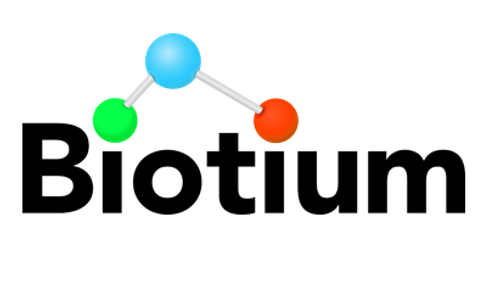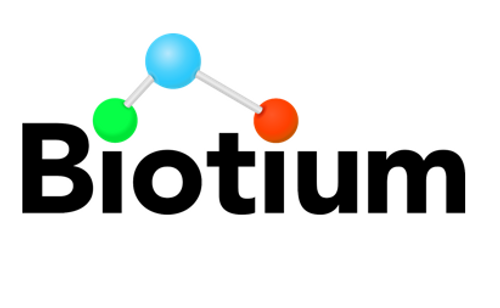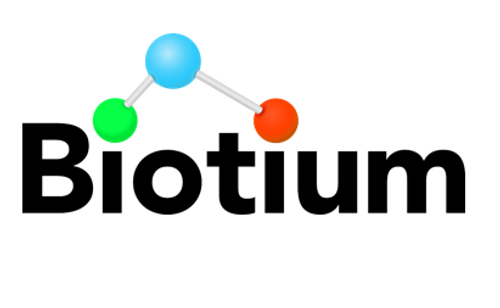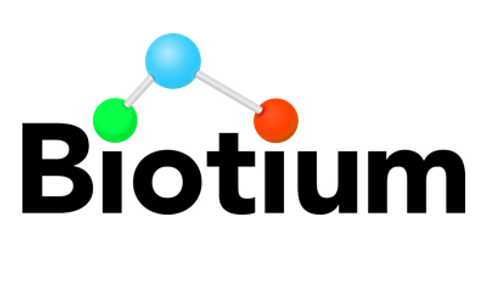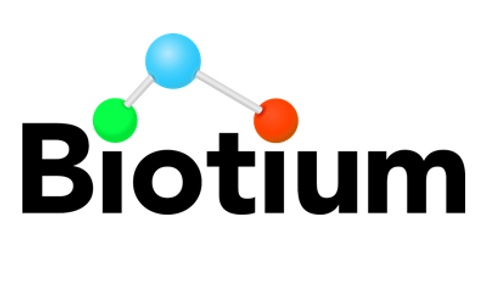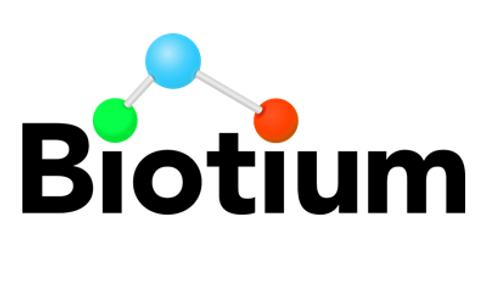Product Description
CD3e Antibody [PC3/188A] | 33-806 | ProSci
Host: Mouse
Reactivity: Human, Mouse, Rat, Rabbit, Guinea pig, Pig, Horse, Bovine
Homology: N/A
Immunogen: Amino acids 156-168 (cytoplasmic domain) from human CD3 epsilon chain were used as the immunogen for the CD3e antibody.
Research Area: Cancer, Immunology, Signal Transduction
Tested Application: WB, IHC-P, Flow, IF
Application: WB: 1-2 ug/ml
IHC (FFPE) : 1-2 ug/ml for 30 min at RT
Flow Cytometry: 0.5-1 ug/million cells in 0.1ml
Immunofluorescence: 1-2 ug/ml
Optimal dilution of the CD3e antibody should be determined by the researcher.
Specificiy: N/A
Positive Control 1: N/A
Positive Control 2: N/A
Positive Control 3: N/A
Positive Control 4: N/A
Positive Control 5: N/A
Positive Control 6: N/A
Molecular Weight: N/A
Validation: N/A
Isoform: N/A
Purification: Protein G affinity chromatography
Clonality: Monoclonal
Clone: PC3/188A
Isotype: IgG1
Conjugate: Unconjugated
Physical State: Liquid
Buffer: PBS with 0.1 mg/ml BSA and 0.05% sodium azide
Concentration: 0.2 mg/mL
Storage Condition: Aliquot and Store at 2-8˚C. Avoid freez-thaw cycles.
Alternate Name: T-cell surface glycoprotein CD3 epsilon chain, T-cell surface antigen T3/Leu-4 epsilon chain, CD3e, CD3E, T3E
User Note: Optimal dilutions for each application to be determined by the researcher
BACKGROUND: Recognizes the epsilon chain of CD3, a protein which consists of five different polypeptide chains (designated as gamma, delta, epsilon, zeta, and eta) with MW ranging from 16-28kDa. The CD3 complex is closely associated at the lymphocyte cell surface with the T cell antigen receptor (TCR) . Reportedly, CD3 complex is involved in signal transduction to the T cell interior following antigen recognition. The CD3 antigen is first detectable in early thymocytes and probably represents one of the earliest signs of commitment to the T cell lineage. In cortical thymocytes, CD3 is predominantly intra-cytoplasmic. However, in medullary thymocytes, it appears on the T cell surface. CD3 antigen is a highly specific marker for T cells, and is present in majority of T cell neoplasms.
 Euro
Euro
 USD
USD
 British Pound
British Pound
 NULL
NULL

![CD3e Antibody [PC3/188A] CD3e Antibody [PC3/188A]](https://cdn11.bigcommerce.com/s-452hpg8iuh/images/stencil/1280x1280/products/575606/812577/porsci_lo__79508.1648973713__25796.1649091980.png?c=2)
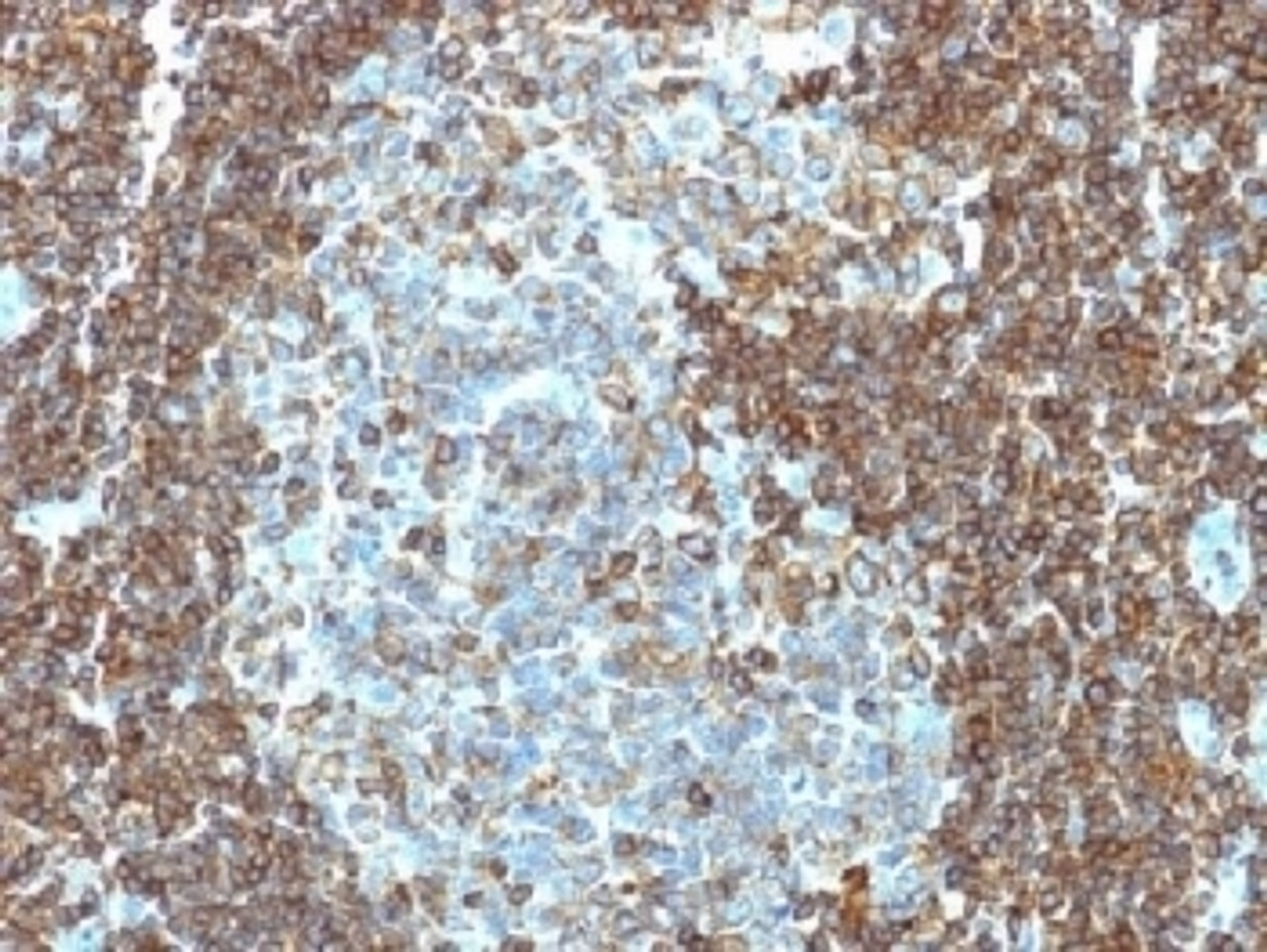
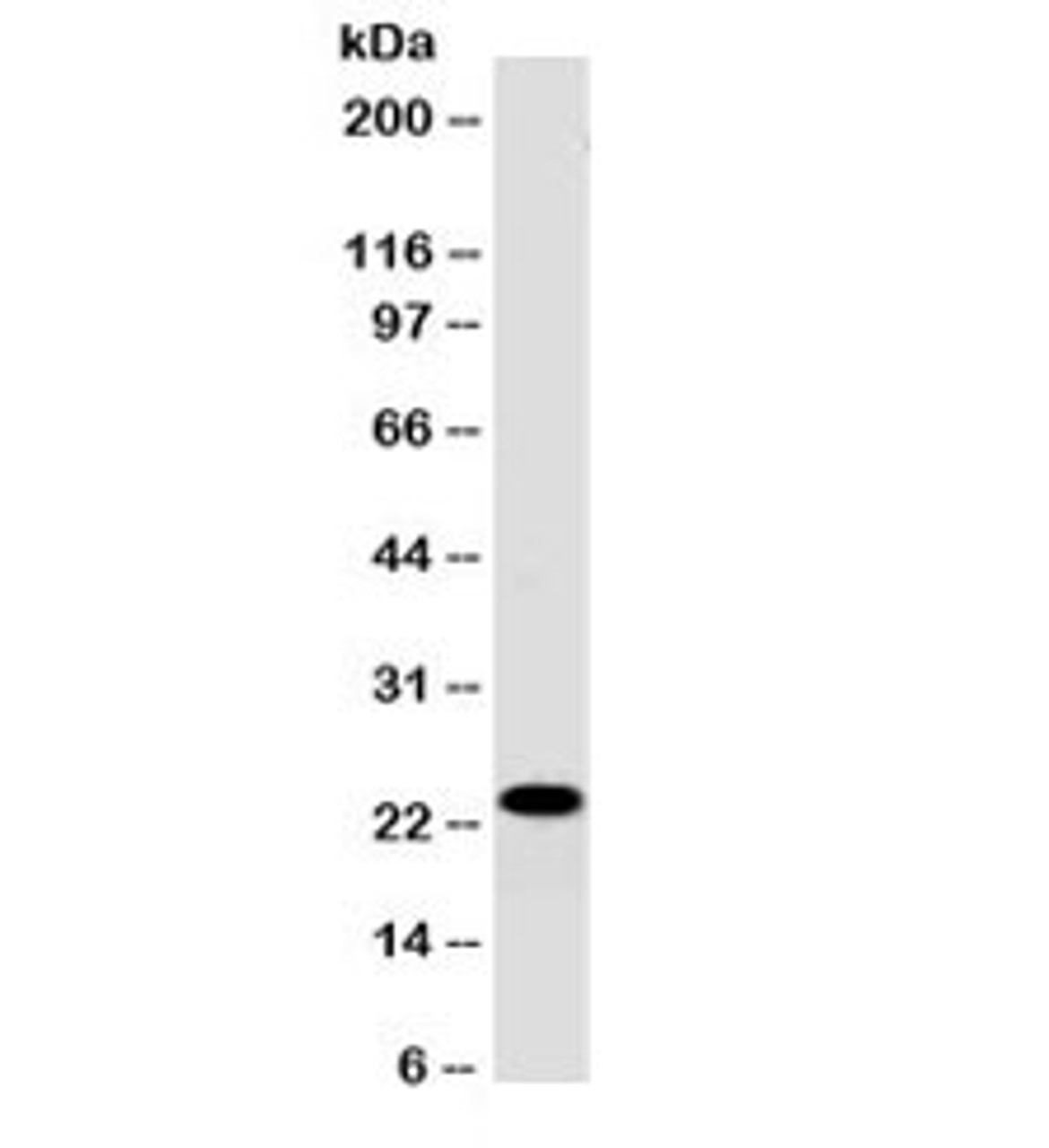
![CD3e Antibody [PC3/188A] CD3e Antibody [PC3/188A]](https://cdn11.bigcommerce.com/s-452hpg8iuh/images/stencil/100x100/products/575606/812577/porsci_lo__79508.1648973713__25796.1649091980.png?c=2)


![CD3e Antibody [PC3/188A] CD3e Antibody [PC3/188A]](https://cdn11.bigcommerce.com/s-452hpg8iuh/images/stencil/500x659/products/575606/812577/porsci_lo__79508.1648973713__25796.1649091980.png?c=2)
